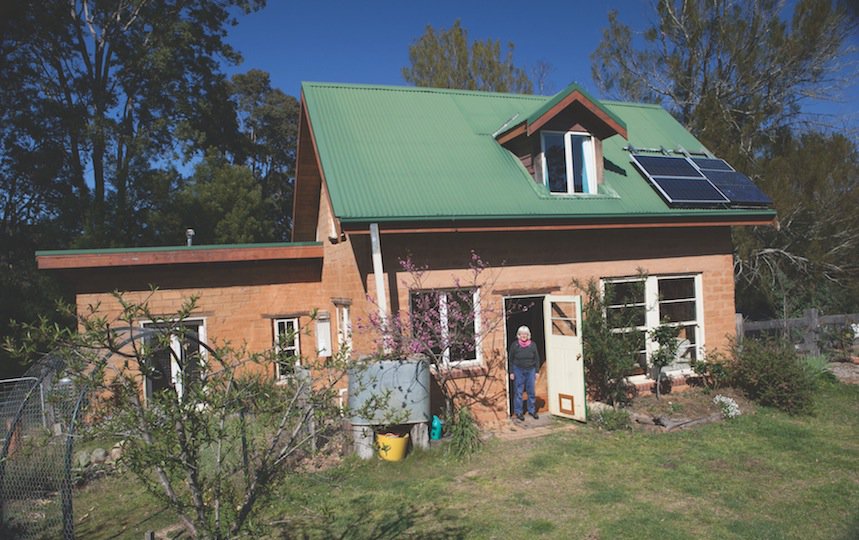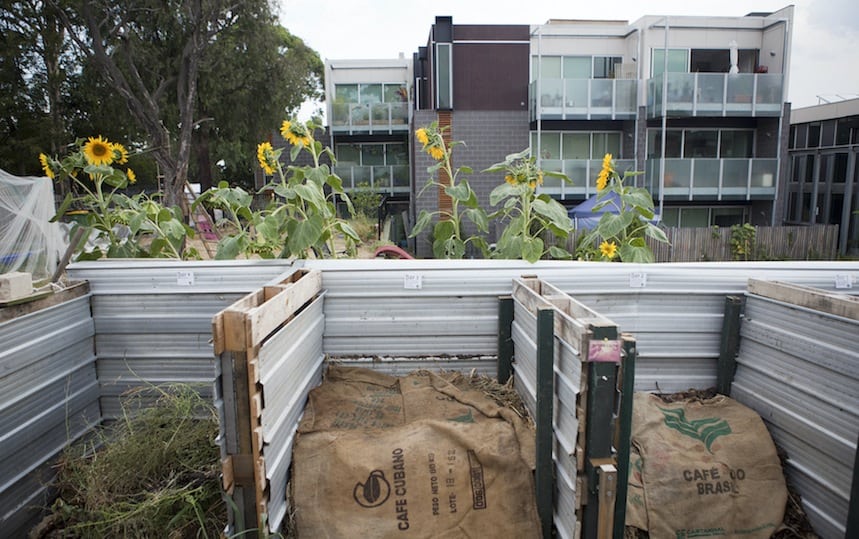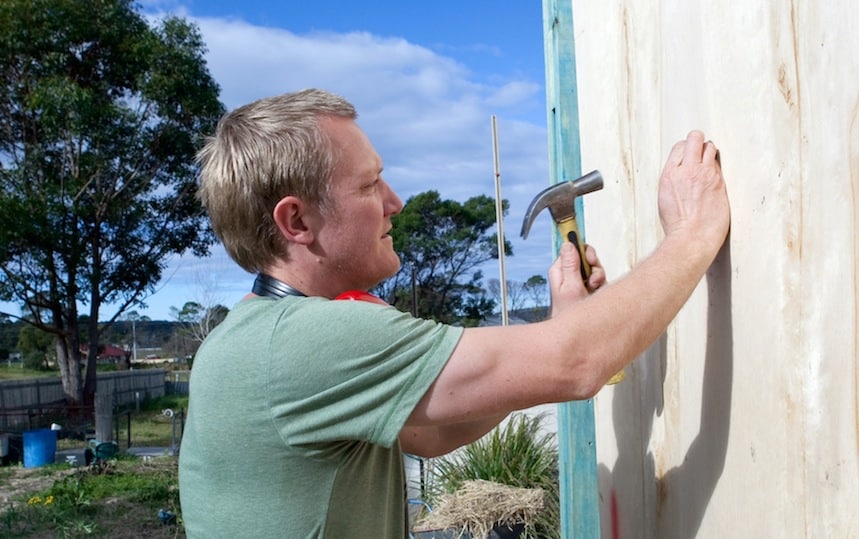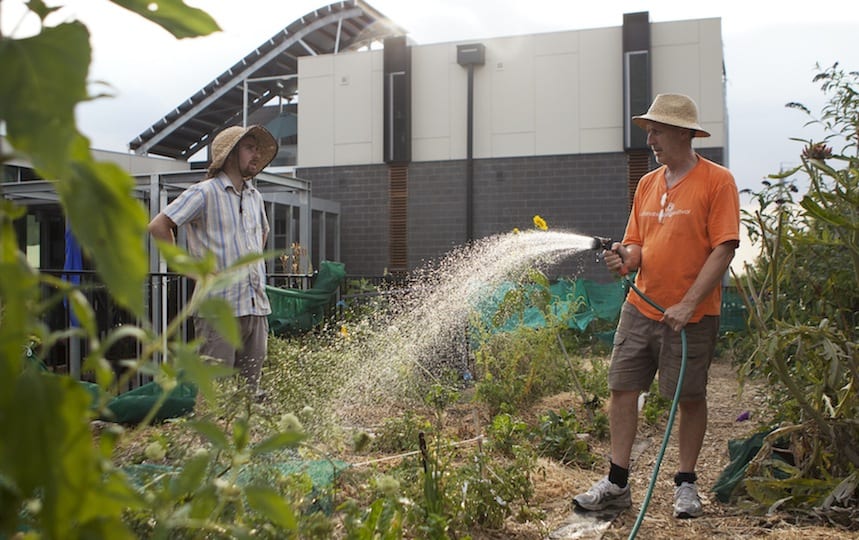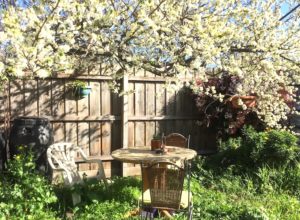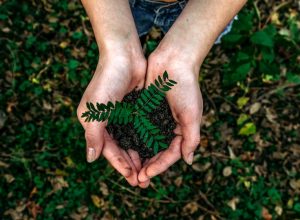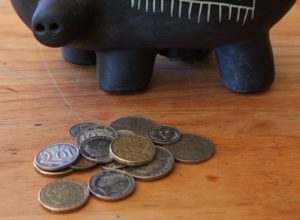You don’t have to get heavily into debt to live the lifestyle you want. Securing debt free home ownership is possible – we show you how.
In order to buy a home, many of us (especially the younger generation) feel that the only option is to hitch up with someone else with a steady job, buy a house by borrowing $100,000s from a bank, and then stay in a job they may hate for the next 25 years.
Starting a family along the way is challenging. They may lose their sense of freedom, and become extremely vulnerable to fluctuating interest rates in the global marketplace. Meanwhile climate change and resource depletion loom.
However, there are some other options for people looking to live with minimal or no debt and secure debt free home ownership.
Share farming
Owning one’s own home is a very Australian concept, often seen as a right. For those who decide that home ownership isn’t such an important aspect of their life after all, rural rental options can be productive, especially if a suitable owner is found.
Perhaps a genuine trade is possible, for example land stewardship for that old second shed on the property at no rental cost. The idea of share farming is alive and well, and out of necessity may prosper in years to come.
Build on the family property
Many children grow up and leave rural areas as soon as they can for further education and work in the cities. Some return, years later, with a renewed sense of ‘place’ and a fresh understanding that where they grew up isn’t so bad after all.
If you have the advantage of a family farm or property with enough land (and you have parents or grandparents willing to let you reside “next door”), building on the family property can save you a mint.
Small, low-cost construction
Planning a small home (or tiny home), using recycled and low-cost materials, and becoming an owner-builder are the best ways to build the house you want to, and avoid a crushing mortgage.
Plan your home around the materials you can find, and build as you can afford to. See if you can get family and friends to help, or find like-minded people in the same circumstances and help each other.
Or even better, invite someone who knows what they are doing and create a workshop where people can come to learn while they help build the structure.
Cohousing and cooperative rental
Cohousing was pioneered in Denmark in the 1970s, to reestablish the advantages of the traditional village in the context of modern life; combining the autonomy of private dwellings with the companionship of communal facilities.
Murundaka Cohousing Community, located in the Melbourne suburb of Heidelberg Heights, is an apartment complex with eighteen units, plus two freestanding houses nearby, and houses around 35 residents. Apartments have their own kitchen and bathrooms, but the laundry is communal, and residents have access to communally-owned facilities.
Murundaka is also a rental cooperative, offering residents the security of long-term tenancy at below-market rates.
You don’t have to get into heavy debt to live the lifestyle you want: there are alternatives. No huge mortgage means freedom and the ability to choose how you spend your time.

